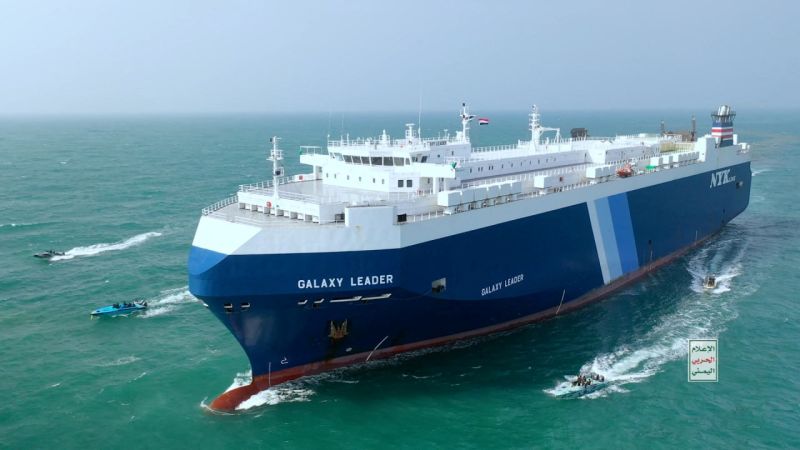
The Impact of Red Sea Attacks on Global Trade Routes

Recent attacks on container ships in the Red Sea have disrupted one of the world's major trade routes, leading to increased shipping costs and concerns about inflation. Here's a detailed look at the situation and its implications on global commerce.
The Escalating Crisis in the Red Sea
In recent times, the Red Sea has become a hotbed of turmoil as container ships face relentless attacks, causing chaos along one of the most critical trade routes globally. The disruptions have been ongoing for weeks, with shipping behemoth Maersk issuing a stark warning that the situation could persist for up to a year.
Cargo ships wait in the Red Sea near the opening of the Suez Canal, on March 29, 2021.
The root of the problem stems from Iran-backed Houthi militants intensifying their assaults on vessels in retaliation for geopolitical conflicts in the region. This escalation, starting late last November, has sent shockwaves through the maritime industry, impacting not just individual companies but the entire global supply chain network.
The Galaxy Leader cargo ship is escorted by Houthi boats in the Red Sea on November 20, 2023.
Ramifications on Shipping Costs and Supply Chains
The repercussions of the attacks on container ships in the Red Sea extend far beyond the immediate disruption to maritime traffic. The exodus of larger vessels from the region, including the vital Suez Canal, has forced shipping companies to seek alternative routes, leading to increased transit times and significant delays in the delivery of goods.
Industry experts estimate that rerouting ships around the southern tip of Africa has added substantial time and costs to voyages, with some journeys experiencing delays of up to two weeks. This logistical nightmare has prompted companies like Tesla and Ikea to adjust their operations, highlighting the profound impact on global trade and commerce.
Navigating the Economic Fallout
As shipping routes are redrawn and costs soar, the economic fallout from the Red Sea crisis looms large. The surge in fuel prices, insurance premiums, and charter fees has translated into a sharp increase in freight rates, with the cost of shipping a typical 40-foot container spiking by 90% compared to a year ago.
Amid concerns of inflationary pressures, the broader implications for consumer prices remain a key concern. Retailers grappling with higher freight expenses may eventually pass on the costs to consumers, potentially fueling inflation in various sectors. The Organisation for Economic Co-operation and Development has already signaled a potential uptick in consumer price inflation across member countries due to the sustained high freight costs.










